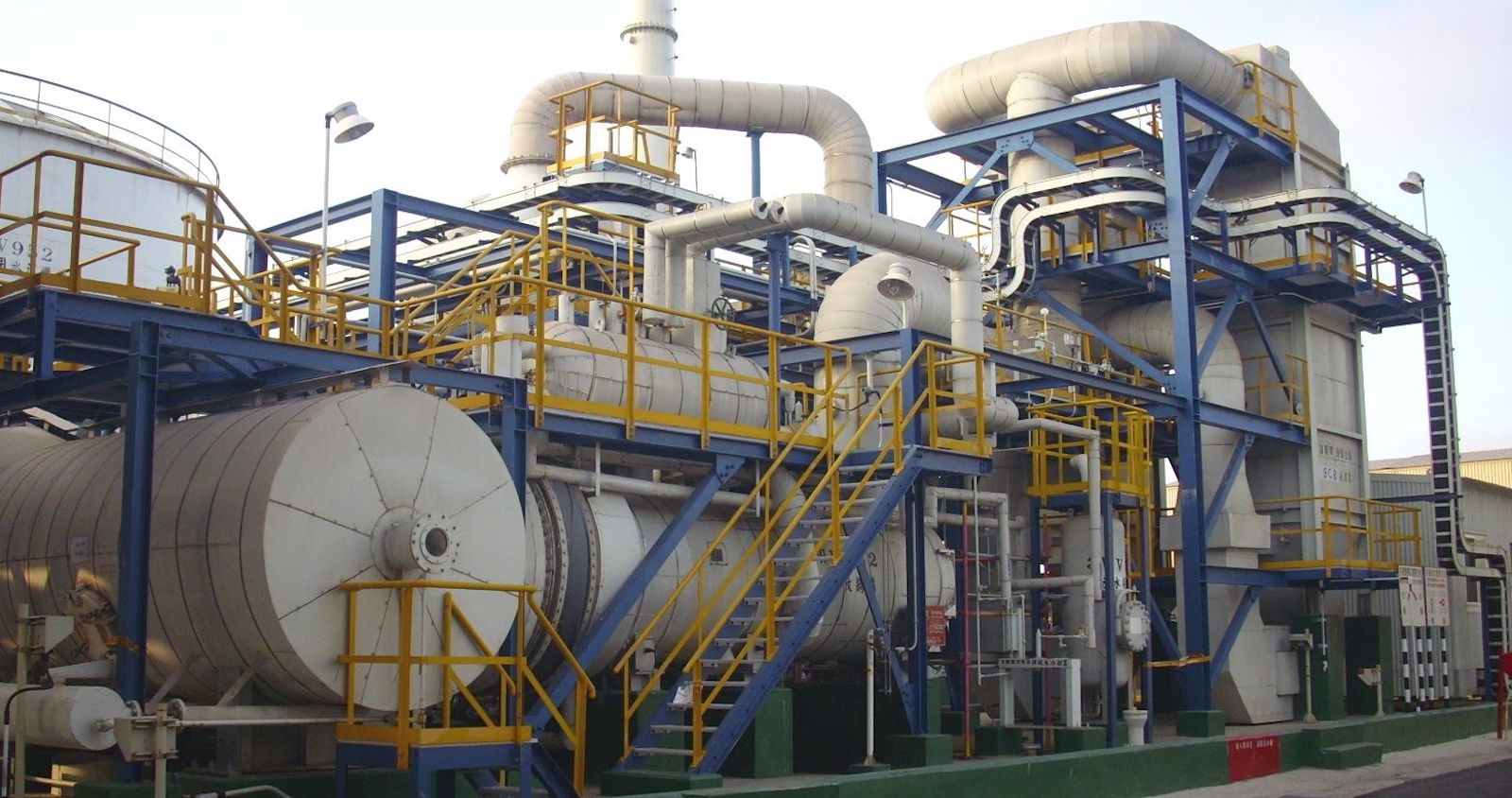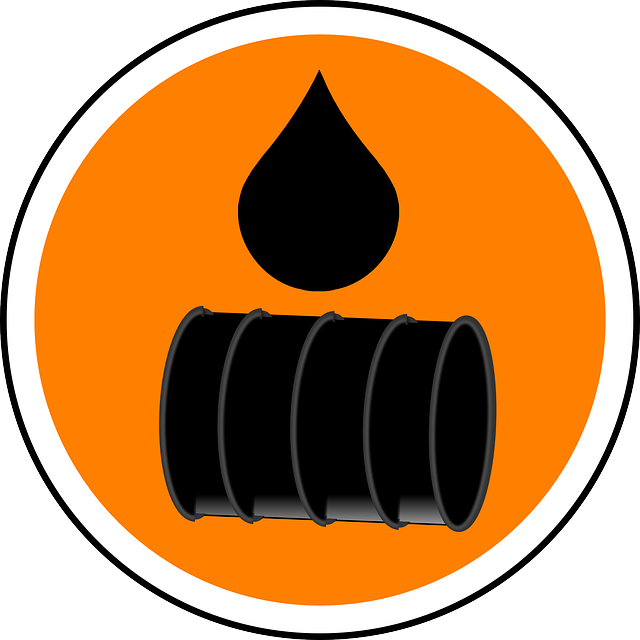Recognizing the Comprehensive Refine of Liquid Waste Disposal: Finest Practices and Environmental Influence Factors To Consider
The administration of liquid waste disposal is a complex issue that requires an extensive understanding of various finest methods and their associated environmental effects. From the kinds of fluid waste generated to the approaches utilized for collection, therapy, and last disposal, each action plays an important function in guarding ecosystems and public wellness.
Types of Fluid Waste
Understanding the numerous types of liquid waste is important for reliable monitoring and disposal techniques. Fluid waste can be broadly categorized into numerous types, each needing distinct handling and treatment techniques.
Industrial fluid waste typically includes hazardous products, consisting of hefty metals, solvents, and chemicals, created throughout manufacturing procedures. These wastes require stringent regulatory conformity to shield human health and wellness and the environment. Domestic fluid waste largely describes wastewater generated from families, including sewage and greywater, which, although much less hazardous, can still position substantial dangers if incorrectly managed.
Agricultural fluid waste, consisting of drainage from ranches, usually includes fertilizers and chemicals that can bring about environmental destruction if not dealt with properly. Medical fluid waste, produced from healthcare facilities, includes contaminated liquids such as physical fluids and chemicals, needing specialized disposal methods to avoid infection and ecological contamination.
Finally, oil and oil waste, usually created by restaurants and automotive sectors, can cause severe blockages in sewage system systems otherwise taken care of correctly. Recognizing these groups promotes targeted techniques for therapy, conformity with policies, and effective disposal methods, ultimately promoting ecological sustainability and public wellness safety.

Collection Methods
Efficient collection techniques are crucial for the proper management of liquid waste, guaranteeing that it is collected securely and effectively before treatment or disposal. Various techniques are used depending upon the sort of fluid waste created, the volume, and the specific qualities of the waste.
One common method is the use of devoted collection tanks or sumps, which are made to catch fluid waste at the resource. These systems typically integrate pumps that help with the transfer of waste to bigger storage space containers or treatment centers. Additionally, mobile collection devices equipped with vacuum cleaner technology are used in circumstances where waste is created intermittently or in hard-to-reach places.
For commercial settings, closed-loop systems can successfully decrease spills and leaks, enabling the recovery and reuse of fluid waste. It is likewise important to educate personnel on correct collection protocols to minimize risks connected with hazardous materials.
Moreover, executing normal upkeep schedules for collection equipment makes sure optimum efficiency and safety and security. The combination of sophisticated monitoring systems can boost collection efficiency by providing real-time data on waste levels and prospective threats. In general, reliable collection techniques are foundational to sustainable fluid waste management practices.
Therapy Procedures
Therapy procedures play an important role in the administration of liquid waste, transforming possibly dangerous materials right into multiple-use sources or secure effluents - liquid waste disposal. These processes can be extensively classified right into physical, chemical, and organic methods, each tailored to address specific pollutants present in the waste stream
Physical treatment methods, such as sedimentation and purification, work by getting rid of put on hold solids and particle issue. These methods are usually the primary step in the treatment chain, efficiently minimizing the tons on succeeding processes. Chemical treatments entail making use of reagents to reduce the effects of harmful compounds, precipitate heavy steels, or oxidize natural contaminants, thus enhancing the security of the effluent.
Biological therapy processes, consisting of activated sludge systems and anaerobic digestion, take advantage of on the natural capacities of microbes to deteriorate natural issue. These methods are specifically efficient for wastewater including biodegradable toxins. Advanced treatment innovations, such as membrane purification and progressed oxidation procedures, are increasingly used to attain greater degrees of purification.
Integrating a combination of these treatment techniques not only guarantees compliance with governing criteria however likewise advertises ecological sustainability by recouping beneficial sources from fluid waste.
Disposal Options
Exactly how can organizations make sure the see it here liable and safe disposal of liquid waste? Effective disposal choices are important for safeguarding public health and the environment. The main methods include land therapy, disposal, and incineration complied with by discharge right into metropolitan wastewater systems.
Land disposal entails the careful control of liquid waste in marked land fills, making sure that it does not leach into bordering dirt or water. Incineration, on the various other hand, topics fluid waste to heats, transforming it right into ash and gases, which need appropriate filtration to minimize emissions. This technique is appropriate for unsafe wastes that can not be treated through conventional ways.
In cases where liquid waste can be dealt with, organizations may go with biological or chemical treatment procedures to counteract harmful components prior to discharging the dealt with effluent into municipal systems. This path typically lines up with governing requirements, making sure that the effluent satisfies safety and security standards.
Eventually, companies need to perform extensive assessments of each disposal option to establish its stability, thinking about elements such as waste structure, governing compliance, and potential dangers to health and wellness and the environment. By picking appropriate disposal techniques, organizations can add to a liable waste management approach.
Environmental Influence
The ecological effect of liquid waste disposal is an important factor to consider for organizations looking for to reduce their eco-friendly footprint. In addition, the discharge of neglected or inadequately dealt with waste right into surface waters can result in eutrophication, leading to oxygen deficiency and the succeeding death of fish and other microorganisms.

To mitigate these impacts, companies have to embrace best practices such as applying strenuous waste therapy processes, promoting recycling and reuse, and adhering to regulatory requirements. By taking an aggressive approach to liquid waste monitoring, entities can substantially decrease their environmental footprint while sustaining lasting advancement objectives. Inevitably, an extensive understanding of the environmental influences related to fluid garbage disposal is important for notified decision-making and accountable stewardship of natural deposits.
Verdict
Efficient monitoring of liquid waste is vital for protecting environmental stability and public health and wellness. By his comment is here adopting finest practices in treatment, disposal, and collection, alongside adherence to regulative requirements, the capacity for damaging contamination of ecological communities can be considerably minimized. Constant developments in technology and processes add to lasting waste monitoring efforts. Ultimately, a comprehensive understanding of fluid garbage disposal not just minimizes environmental effects but also fosters a dedication to liable source monitoring and ecological stewardship.
The administration of fluid waste disposal is a complex problem that calls for a detailed understanding of different ideal practices and discover this their associated ecological impacts. From the types of fluid waste created to the approaches utilized for collection, treatment, and final disposal, each action plays an essential function in guarding environments and public health.The environmental impact of liquid waste disposal is an essential consideration for companies seeking to minimize their environmental footprint. Inevitably, a comprehensive understanding of the ecological effects connected with liquid waste disposal is vital for notified decision-making and liable stewardship of all-natural resources.
Ultimately, a thorough understanding of fluid waste disposal not only reduces ecological effects however additionally promotes a commitment to accountable resource monitoring and ecological stewardship.
 Rider Strong Then & Now!
Rider Strong Then & Now! Anna Chlumsky Then & Now!
Anna Chlumsky Then & Now! Robert Downey Jr. Then & Now!
Robert Downey Jr. Then & Now! Mackenzie Rosman Then & Now!
Mackenzie Rosman Then & Now! Peter Billingsley Then & Now!
Peter Billingsley Then & Now!